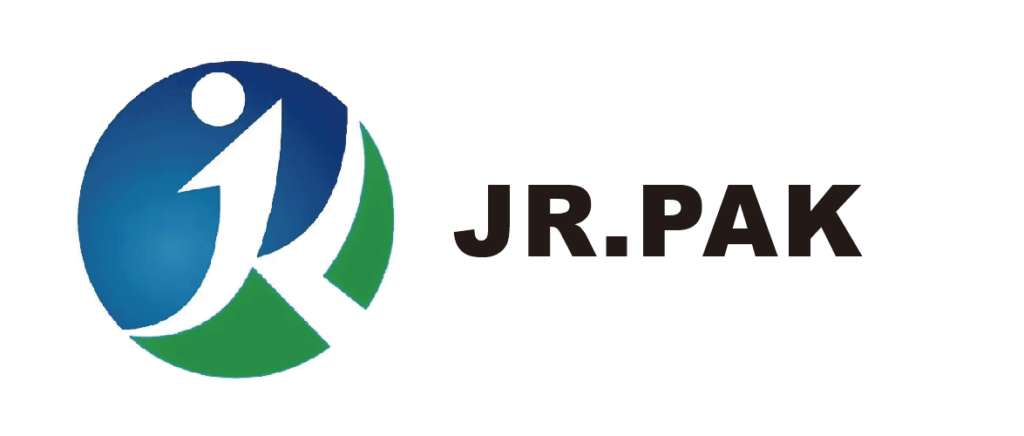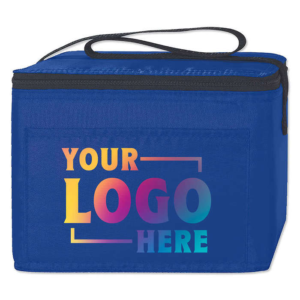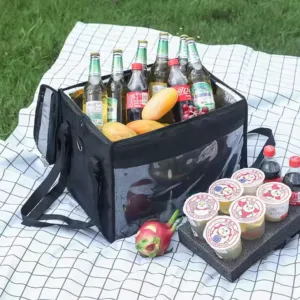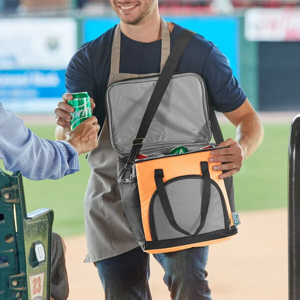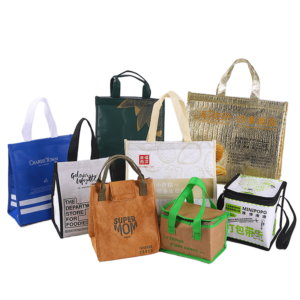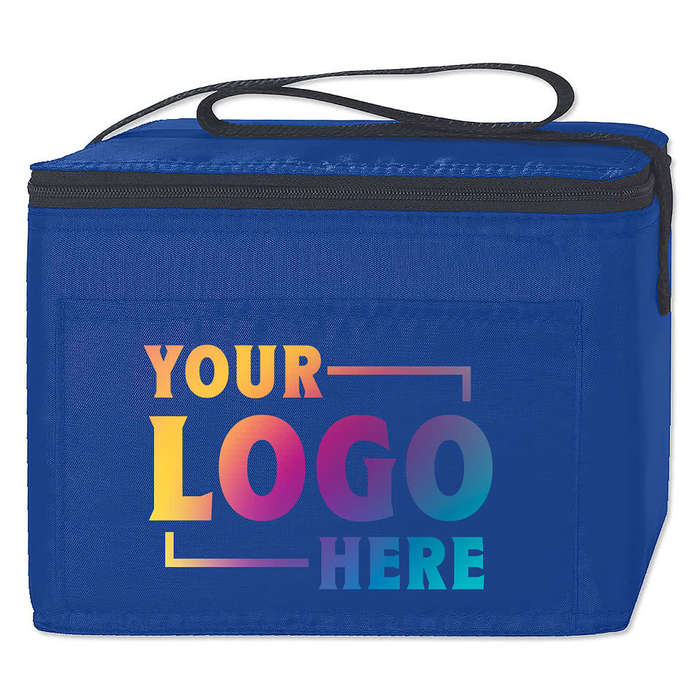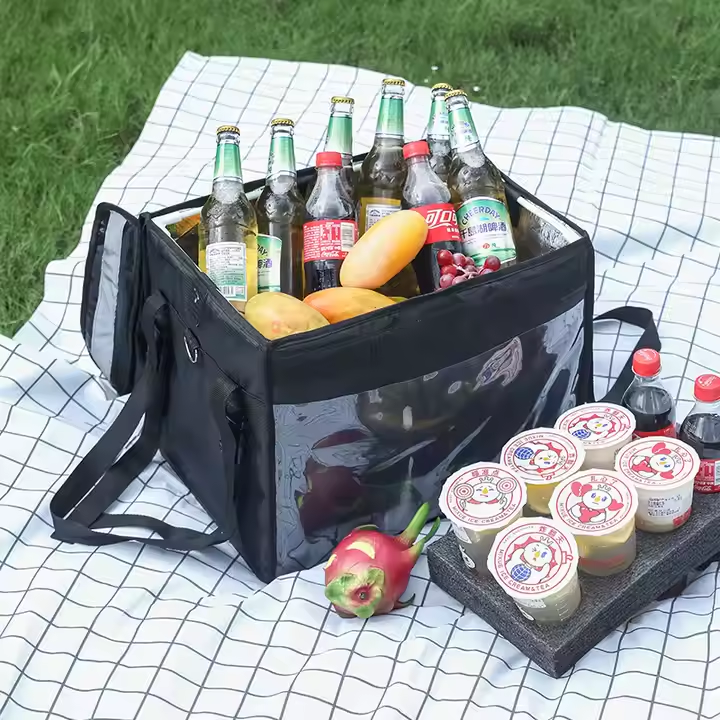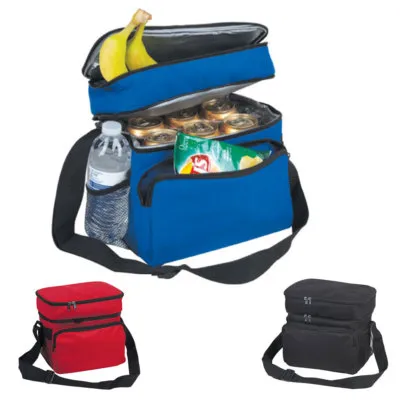Consistent quality in PP woven bag production is crucial for maintaining customer trust and minimizing operational setbacks. This article reviews ten of the most common quality defects in woven bags and how manufacturers can fix them with proven solutions.

Common defects in woven bags include issues like poor stitching, UV degradation, moisture penetration, and thickness variations—all of which affect performance, safety, and appearance.
Proactively addressing these issues improves product reliability, customer satisfaction, and brand credibility.
1. Thickness Variations

Uneven thickness causes weak points that may tear under pressure. This occurs due to poor extrusion control or worn machine parts.
How to Fix It
- Install automated thickness monitoring sensors[^1].
- Calibrate extrusion machines weekly.
- Train staff to detect visible inconsistencies during production.
Thickness consistency ensures structural integrity and uniform load distribution in every bag.
2. Uneven Cutting or Jagged Edges
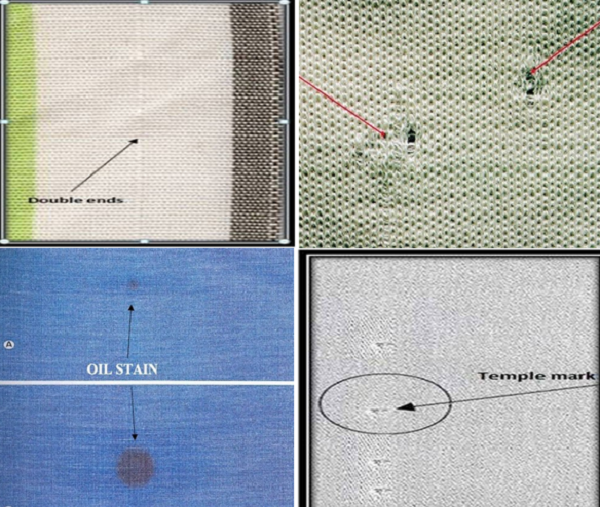
Irregular cutting creates sealing difficulties and weak points. These defects also reduce the bag's appearance quality.
How to Fix It
- Use automatic blade sharpening systems.
- Replace dull cutting tools immediately.
- Integrate laser-based cut detection systems.
Clean edges improve bag stacking, sealing accuracy, and reduce complaints from clients handling goods at scale.
3. Low Tensile Strength
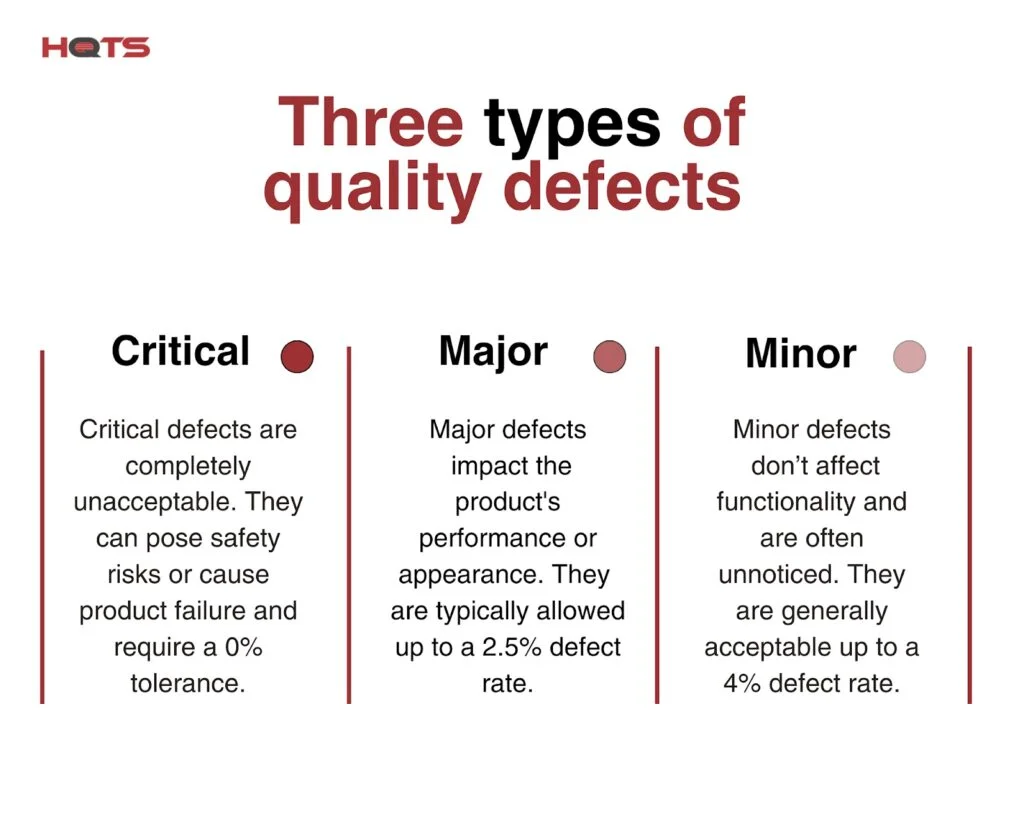
Low tensile strength causes bags to rupture during lifting, stacking, or transport. This is often linked to poor resin quality or improper weaving tension.
How to Fix It
- Source high-grade polypropylene resins.
- Optimize blending ratios with filler control.
- Test yarn strength regularly using a dynamometer.
Stronger yarn means better weaving strength, which increases the bag’s tolerance to rough handling.
4. Poor Stitching or Seams
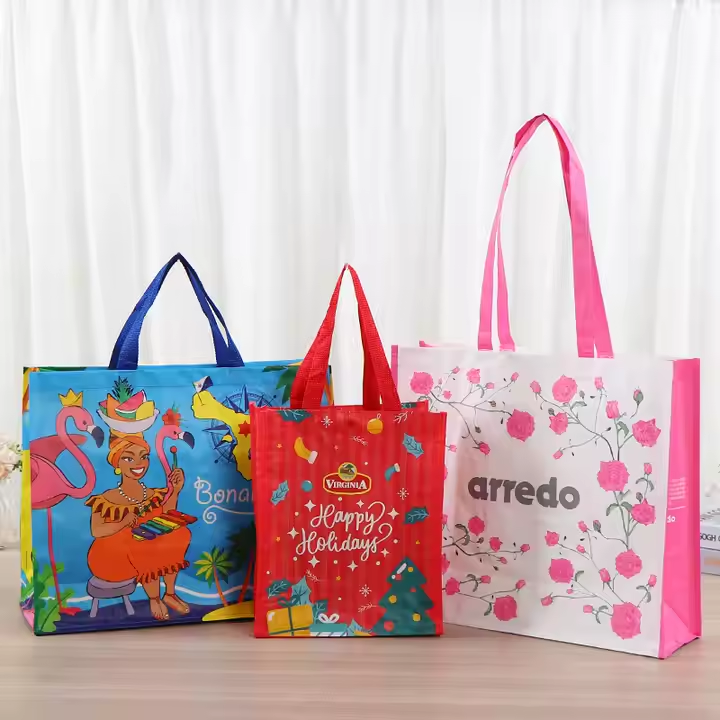
Weak seams lead to leaks and burst loads. Stitch gaps or skipped threads indicate mechanical failure or poor threading.
How to Fix It
- Use automated sewing machines with real-time defect alerts.
- Perform 100% seam inspections using light tables.
- Train technicians to regularly inspect needle wear and bobbin tension.
High-quality stitching ensures product safety, especially for powder and granular contents.
5. Color Inconsistencies
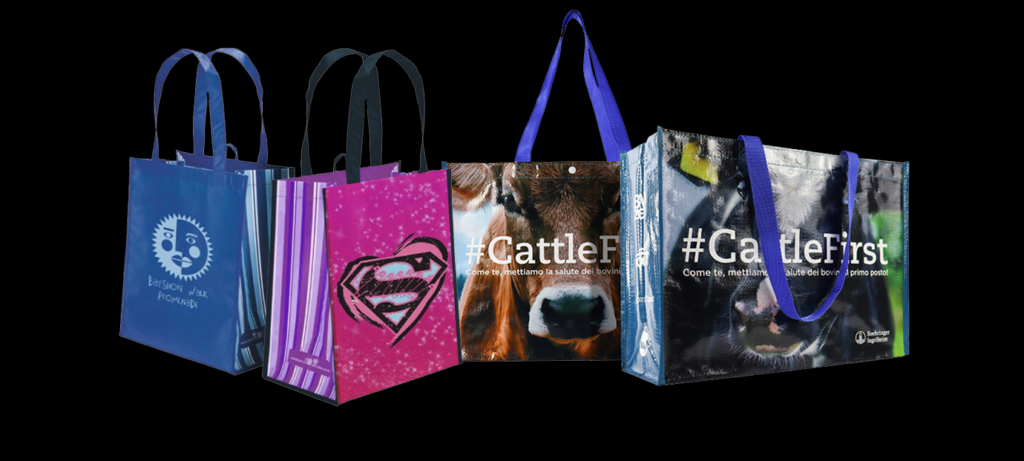
Color mismatch harms visual branding and indicates batch-to-batch inconsistencies in dye formulation.
How to Fix It
- Use digital color-matching tools[^2].
- Keep dye tanks clean between color changes.
- Standardize dye recipes and keep daily logs.
Uniform color boosts brand trust, especially in retail-facing applications.
6. Incorrect Bag Weight (Grammage)

Variation in grammage affects bag strength and shipping calculations, leading to logistical and cost issues.
How to Fix It
- Use inline weighing systems at each production stage.
- Set strict grammage standards and verify per lot.
- Balance strength requirements against cost savings.
Grammage control ensures structural integrity without inflating material use unnecessarily.
7. UV Degradation
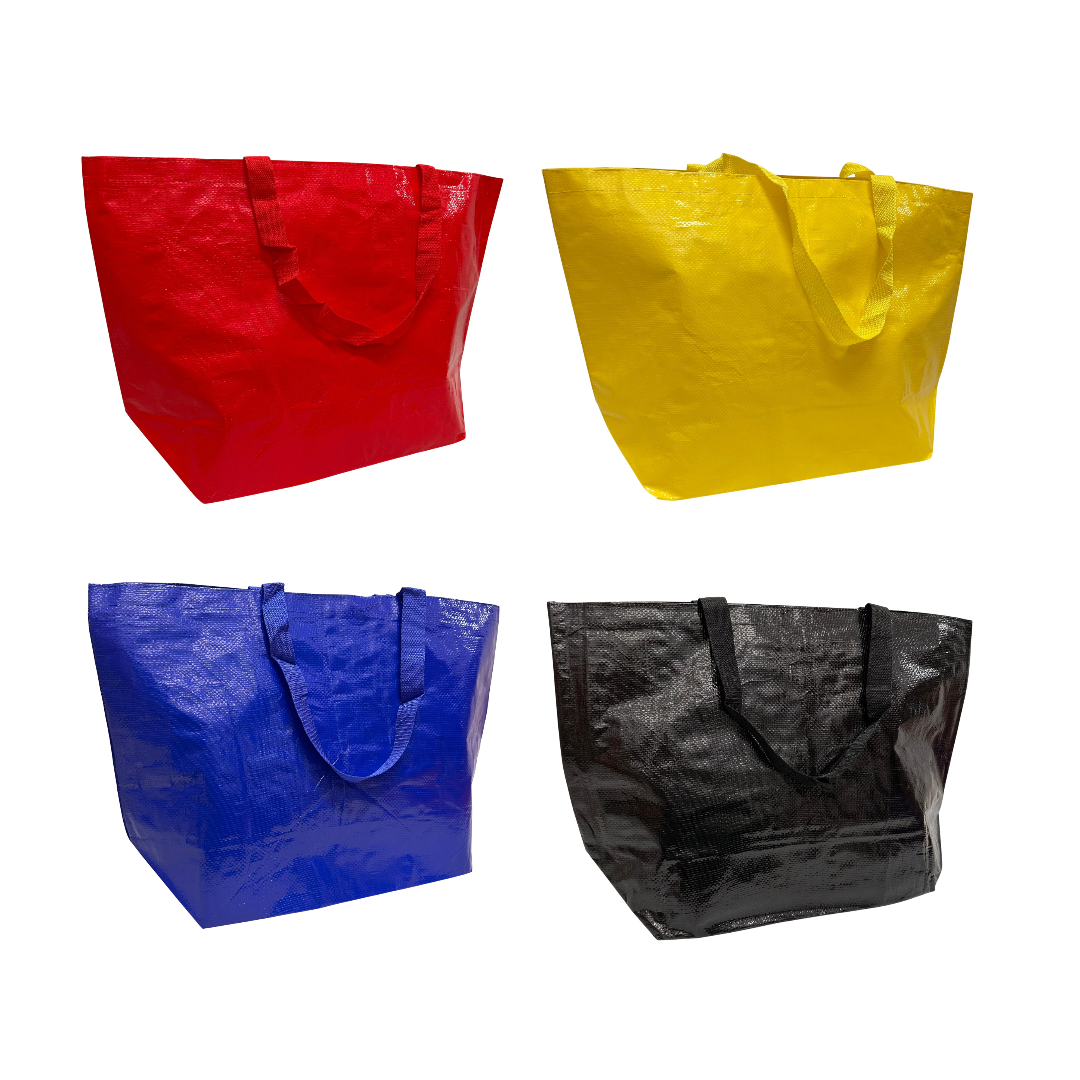
Sunlight breaks down polymer chains, turning bags brittle and fragile over time. This issue is common with outdoor storage or exposure during transit.
How to Fix It
- Add UV inhibitors in resin blends.
- Use accelerated UV testing chambers to simulate real-world exposure.
- Inform clients on proper storage methods.
Bags with UV resistance last longer and remain usable even after long-term exposure outdoors.
8. Moisture Penetration or Lack of Water Resistance
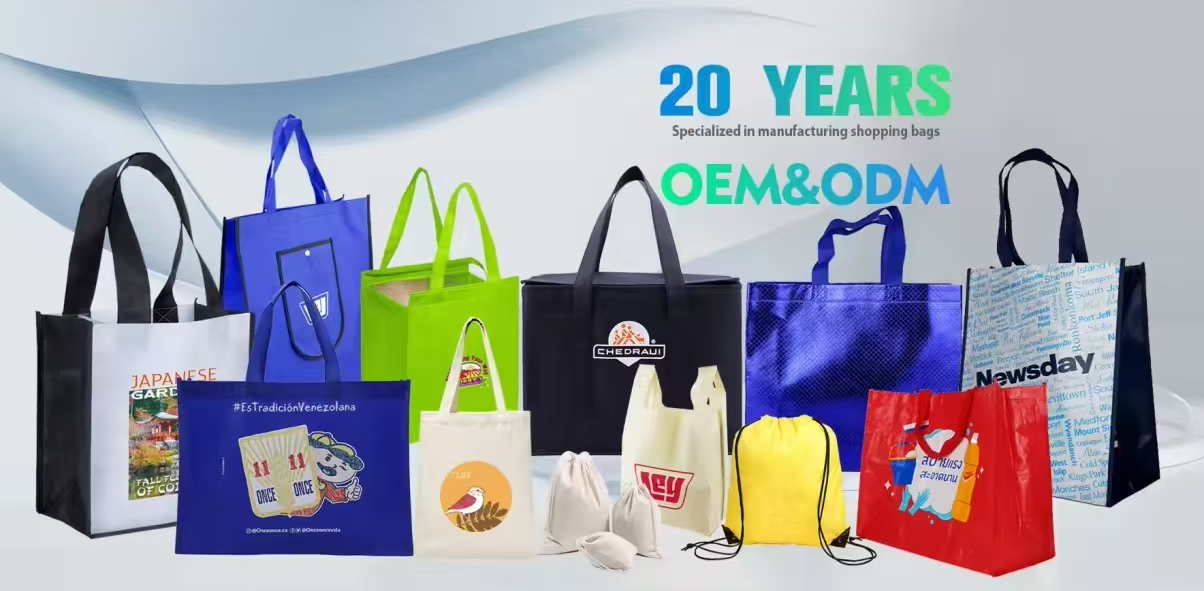
Water infiltration ruins agricultural, food, and chemical contents. Moisture also weakens structural threads over time.
How to Fix It
- Improve fabric density during weaving.
- Add liners or laminations for sensitive contents.
- Store finished goods in dehumidified or climate-controlled warehouses.
Water resistance is essential for food safety, fertilizer stability, and international shipping reliability.
9. Printing Defects
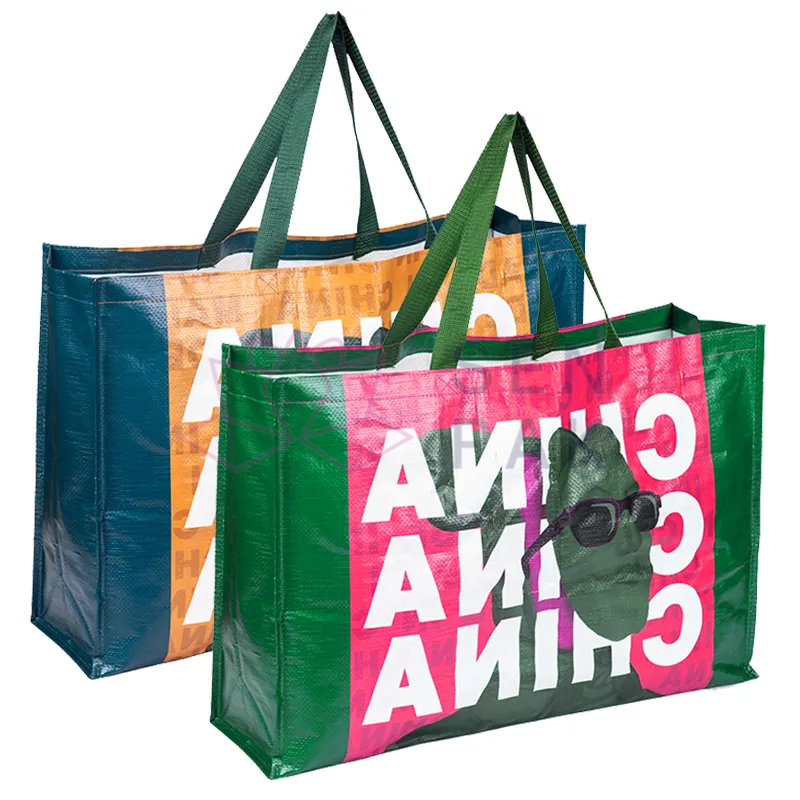
Poor printing—smudges, misalignment, or fading—affects brand visibility and professionalism.
How to Fix It
- Use quick-drying, high-adhesion inks.
- Maintain uniform roller pressure.
- Install camera-based print verification systems on each line.
Proper print quality enhances shelf appeal and communicates trust in your product’s brand.
10. Inconsistent Dimensions or Sizing Errors
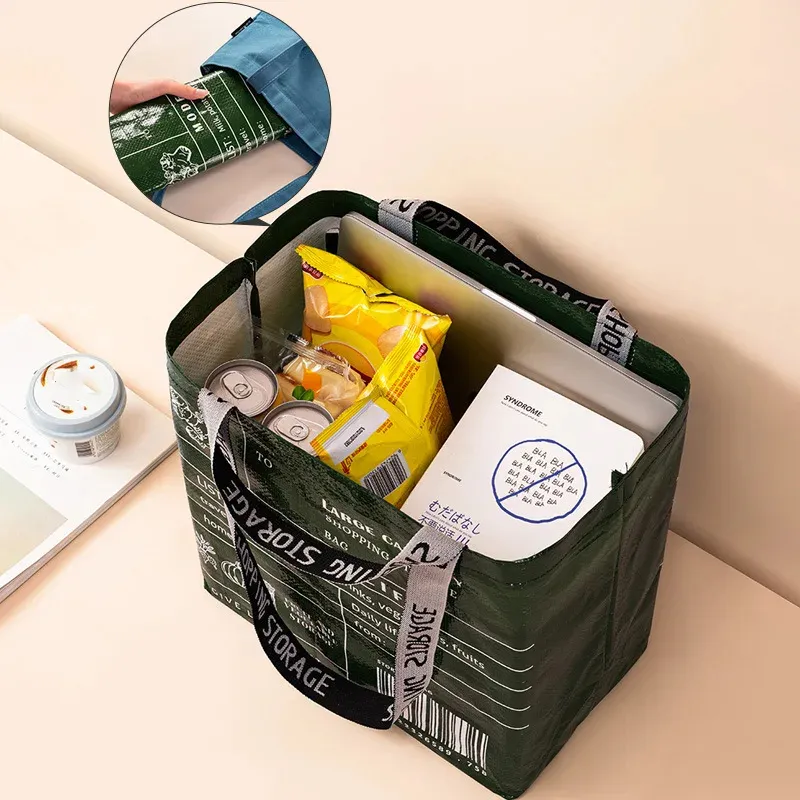
Even slight deviations in size can lead to packing inefficiencies and pallet instability.
How to Fix It
- Use digital length and gusset sensors.
- Calibrate folding and cutting units every shift.
- Perform hourly spot checks with standardized measuring templates.
Dimension control ensures compatibility with automated packing systems and shipping containers.
Quick Reference Table
| Defect | Impact | Solution |
|---|---|---|
| Thickness Variations | Weak spots, tears | Automated thickness checks |
| Uneven Cutting | Poor sealing, tearing | Sharp blades, sensor checks |
| Low Tensile Strength | Bag rupture, leaks | Quality resin, strength testing |
| Poor Stitching | Seam failure, spills | Automated sewing, thread QC |
| Color Inconsistencies | Branding issues | Shade matching, clean dyes |
| Incorrect Grammage | Inconsistent loads, cost errors | Precise weighing, standards |
| UV Degradation | Brittleness, premature failure | Add UV stabilizers, UV testing |
| Moisture Penetration | Content spoilage | Liners, lamination, dry storage |
| Printing Defects | Poor appearance | Ink control, QC checks |
| Sizing Errors | Packing/logistics issues | Dimensional inspections |
Conclusion
Woven bag quality is essential to downstream performance and customer satisfaction. Addressing these common defects—from thickness variation to UV degradation—helps manufacturers like JiaRong Packaging deliver reliable, high-performance products.
We’ve invested in advanced machinery and strict quality control systems to minimize these issues and meet the highest B2B standards. If you face any of these challenges, feel free to share your experience or contact us for tailored quality improvement support.
---
[^1]: Find out how these sensors can improve quality control in woven bag production.
[^2]: Learn how digital color-matching tools can enhance color consistency in woven bags.